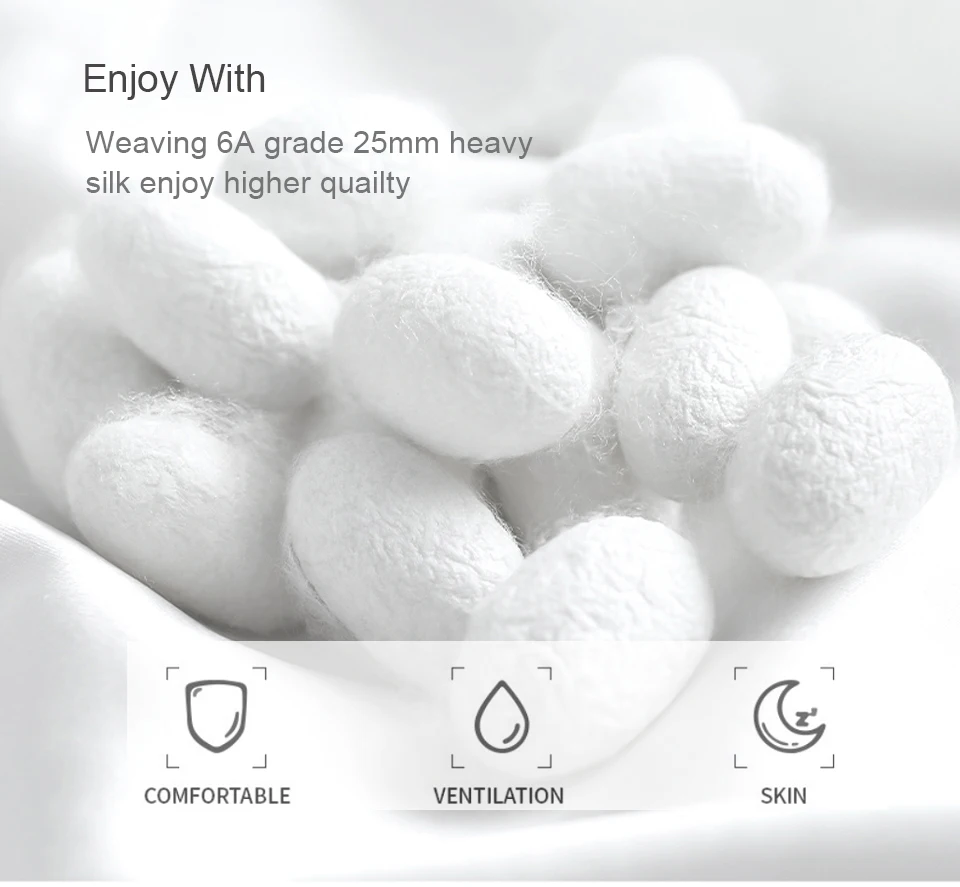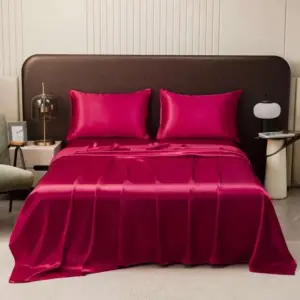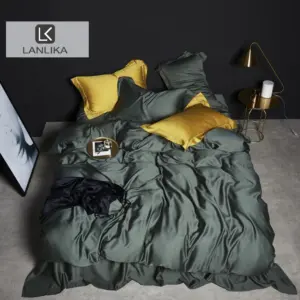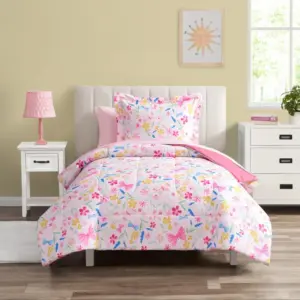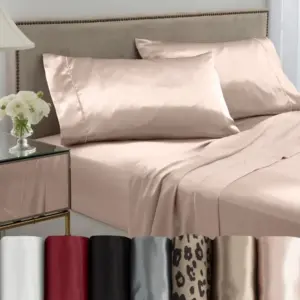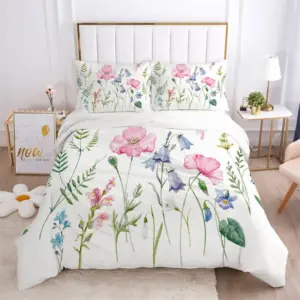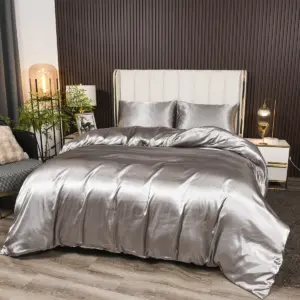Introduction to Silk Fabrics: The Gateway to Luxury
Silk stands as one of nature’s most extraordinary creations—a natural protein fiber produced by silkworms that has captivated humanity for over 4,000 years. This remarkable fabric has adorned emperors and royalty throughout history, prized not just for its unparalleled beauty but also for its incredible functional properties.
What makes silk truly special among textiles is its unique combination of qualities:
- Breathability that allows air circulation while maintaining warmth
- Natural temperature regulation that keeps you cool in summer and warm in winter
- Hypoallergenic properties ideal for sensitive skin
- Natural lustrous sheen that catches light in a way no synthetic fabric can
- Remarkable durability despite its delicate appearance
Understanding the various silk weave patterns is essential for making informed decisions about silk purchases, whether you’re considering luxurious bedding, elegant apparel, or sophisticated home décor. Mulberry silk represents the gold standard in the industry, offering the perfect balance of luxury and longevity.
For centuries, silk has been associated with luxury not merely as a status symbol but because of its tangible benefits for skin and hair health. The smooth surface created by silk’s protein structure minimizes friction, reducing skin irritation and hair breakage—one reason why silk pillowcases have become increasingly popular for those seeking both comfort and beauty benefits.
Understanding Silk Fundamentals: Types and Quality Indicators
Primary Silk Fiber Types
Before exploring different weaves, it’s important to understand the basic types of silk that form the foundation of these fabrics. Each silk type has distinct characteristics that affect the final product’s appearance, feel, and durability.
Mulberry silk stands as the premium standard in the industry. Produced by Bombyx mori silkworms fed exclusively on mulberry leaves, this silk offers:
– Exceptionally uniform color and texture
– Superior smooth feel against the skin
– Excellent strength-to-weight ratio that ensures durability
– Perfect balance of luster and subtlety
This premium silk dominates the luxury bedding market and high-end apparel industry for good reason—it consistently delivers the finest silk experience.
Tussar silk (also called wild silk) offers a different aesthetic with its:
– Natural golden color that doesn’t require dyeing
– Distinctive textured appearance with characteristic slubs
– Greater durability than many other silk types
– More casual, rustic aesthetic suitable for everyday luxury
Eri silk, often called peace silk or ahimsa silk, stands apart in its production method:
– Allows silkworms to complete their lifecycle naturally
– Creates a matte appearance rather than high shine
– Provides a wool-like texture with excellent insulation
– Offers ethical appeal for conscientious consumers
Muga silk, among the rarest silk varieties, features:
– A distinctive golden-yellow hue that appears naturally
– Cultural significance in Assam, India, where it originated
– Exceptional durability that improves with washing
– Natural glossy texture that doesn’t require treatment
Each silk type creates different possibilities when transformed through various silk fabric types, determining how the final fabric will look, feel, and perform.
Key Quality Indicators for Silk
When evaluating silk quality, several measurable factors help determine the fabric’s value and suitability for different purposes.
Momme Weight Explained
Momme (pronounced “moh-mee”) is the traditional Japanese unit for measuring silk density, specifically the weight of a piece measuring 100 yards by 45 inches. This weight system provides a reliable gauge of silk quality and appropriate uses:
| Momme Range | Classification | Best Uses |
|---|---|---|
| 11-16mm | Lightweight | Scarves, linings, summer garments |
| 17-22mm | Medium weight | Bedding, dresses, blouses, quality pillowcases |
| 23-30mm | Heavyweight | Premium bedding, outerwear, durable home décor |
For everyday luxury bedding, 19mm provides excellent value, while 22-25mm represents premium quality that balances luxurious feel with practical durability.
Silk Grade System
The silk grading system (ranging from A to 6A) evaluates:
– Cocoon quality and consistency
– Processing precision and care
– Overall fabric integrity
Higher grades (5A, 6A) indicate longer individual silk fibers, fewer impurities, and stricter quality control throughout production. These factors directly impact the fabric’s smoothness, durability, and natural sheen—and of course, price.
Additional Quality Factors
Beyond momme and grade, consider:
- Fiber Length: Longer fibers create smoother fabrics with fewer potential weak points
- Natural Luster: True silk has a subtle, multi-dimensional shine rather than a flat, artificial gloss
- Weave Consistency: Even, regular weaving indicates quality production and results in more durable fabric
Learning to assess silk quality helps ensure your investment delivers the luxury experience you expect.
Exploring Popular Silk Weaves: Characteristics and Applications
Plain Weave Silk Fabrics
Plain weave represents the simplest weaving pattern, with threads alternating in a basic over-under configuration. This fundamental technique creates several popular silk fabrics with distinctly different characteristics.
Habotai Silk
Often called China silk, Habotai offers:
– Lightweight, soft texture with a smooth surface
– Subtle sheen that’s elegant without being flashy
– Excellent drape that flows with movement
– Good versatility at a more accessible price point
Pros:
– Very versatile for multiple applications
– More affordable than many other silk types
– Takes dyes beautifully for vibrant colors
Cons:
– Less durable than heavier weaves
– May require more delicate handling
Common uses include linings, scarves, painted silk projects, and affordable silk bedding.
Silk Taffeta
This crisp plain weave creates:
– A structured, somewhat rigid fabric with body
– Distinctive “papery” rustle when moved
– High sheen that catches the light dramatically
– Good structure that holds shape well
Pros:
– Maintains shape exceptionally well
– Creates dramatic visual impact
– Excellent for structured designs
Cons:
– Prone to creasing and showing wear lines
– Less comfortable directly against skin
Taffeta excels in formal dresses, structured garments, and decorative home applications.
Organza Silk
This sheer plain weave delivers:
– Extremely lightweight, transparent fabric
– Stiff, crisp hand with excellent structure
– Ethereal quality that catches light beautifully
– Ability to create volume and structure
Pros:
– Creates beautiful volume and structure
– Elegant, ethereal appearance
– Works well for layering
Cons:
– Very delicate and prone to snags
– Requires careful handling and storage
Organza typically appears in special occasion wear, overlays, and decorative elements.
Chiffon Silk
This ultra-sheer plain weave features:
– Incredibly lightweight, gauzy texture
– Soft, flowing drape that moves with air
– Subtle matte finish rather than high shine
– Slight texture from tightly twisted yarns
Pros:
– Beautiful movement and flow
– Delicate, romantic appearance
– Excellent for layering and draping
Cons:
– Extremely delicate and easily damaged
– Challenging to sew and maintain
Understanding these silk weave options for bedding helps determine which might best suit your specific needs.
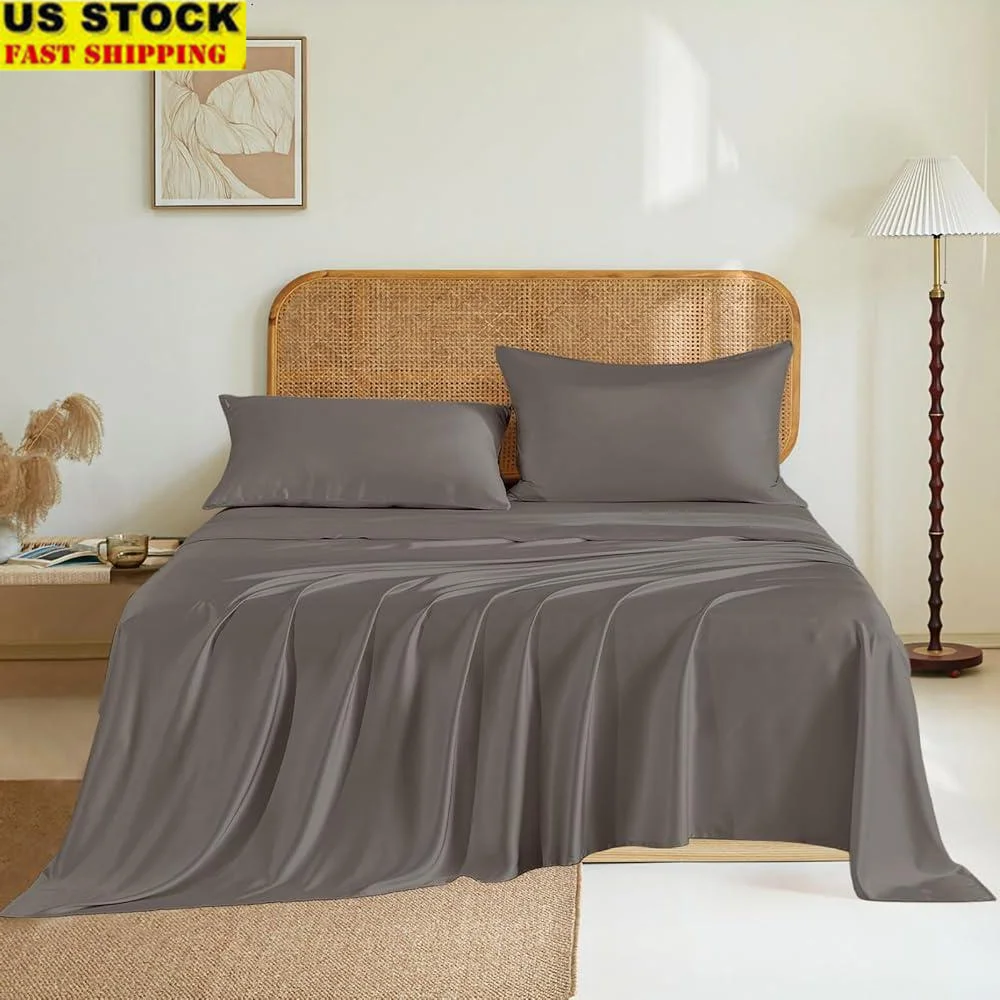
Twill Weave Silks
Twill weave creates diagonal ribbing by offsetting the thread pattern, with each weft thread floating over multiple warp threads in a regular progression. This technique produces a distinctive diagonal pattern visible on the fabric surface.
Silk Twill features:
– Noticeable diagonal rib pattern that adds visual interest
– Excellent durability compared to plain weaves
– Smooth surface with subtle texture
– Medium weight with nice body and drape
Pros:
– More durable and resistant to wrinkles
– Drapes beautifully while maintaining structure
– Shows fewer stains and spots than satin weaves
Cons:
– Less lustrous than satin weaves
– Typically heavier than some other silk options
Silk twill works beautifully for scarves, ties, blouses, and structured garments where a balance of drape and durability matters. The structure of twill creates a stronger fabric that resists wear while maintaining silk’s natural beauty.
Heavier twills provide excellent options for outerwear and accessories that need to withstand regular use, while lighter variations create flowing scarves and garments that move gracefully while resisting snags better than plain weave alternatives.
Satin Weave Silks
Satin weave creates a smooth surface by allowing threads to “float” across multiple threads before interlacing. This technique produces a smooth, lustrous front face and typically a duller reverse side.
Charmeuse Silk
This classic satin weave creates:
– Lustrous, reflective front surface with a dull back
– Excellent fluidity and exceptional drape
– Soft, luxurious hand feel
– Medium weight that balances flow with substance
Pros:
– Beautiful light-reflecting properties
– Exceptional drape that flatters the body
– Feels amazing against the skin
Cons:
– Shows water spots and stains easily
– Prone to snagging on rough surfaces
– Requires careful handling
Charmeuse proves ideal for lingerie, blouses, dresses, and luxury bedding where comfort against the skin matters.
Silk Satin
While sometimes used interchangeably with charmeuse, true silk satin typically:
– Features a heavier weight and more pronounced sheen
– Offers slightly more structure with elegant drape
– Provides substantial hand feel with luxury presence
– Creates dramatic light play across its surface
Pros:
– Luxurious appearance with maximum visual impact
– Beautiful drape with more substance than charmeuse
– Classic luxury appearance
Cons:
– Can be challenging to work with
– Requires expert care to maintain
– Shows wear patterns more visibly
Understanding the differences between charmeuse and habotai silk helps match these fabrics to their ideal applications.
It’s worth noting that “satin” refers to the weaving technique rather than the material itself. True silk satin offers natural temperature regulation and skin benefits that polyester “satin” cannot provide, despite similar appearances.
Crepe Weave Silks
Crepe weaves use highly twisted threads to create a slightly crinkled, textured surface with distinctive properties.
Crepe de Chine
This versatile, medium-weight silk features:
– Subtle texture with slight graininess to the touch
– Soft, flowing drape with moderate body
– Matte luster rather than high shine
– Excellent versatility for various applications
Pros:
– Less prone to showing water spots than satin weaves
– Elegant texture that adds interest
– Drapes beautifully while maintaining some structure
Cons:
– Less shiny than satin weaves
– Still requires proper silk care
Crepe de Chine works wonderfully for blouses, dresses, scarves, and other fashion applications where elegant drape matters.
Heavy Crepe Silk
This substantial variation offers:
– More pronounced texture and weight
– Excellent structure with beautiful movement
– Matte finish with subtle light play
– Substantial feel that suggests quality
Pros:
– Excellent structure combined with fluid movement
– Less clingy than lighter silks
– Good durability for regular wear
Cons:
– Heavier weight not suitable for all applications
– Can be more expensive than lighter crepes
The specialized twisting process that creates crepe’s texture provides these fabrics with unique properties that differ significantly from both plain and satin weaves. Understanding various silk weave patterns helps match each type to its ideal use.
Textured and Slubbed Silk Weaves
Unlike most textiles that prioritize perfect smoothness, slubbed silks celebrate natural irregularities, creating fabrics with distinctive character and texture.
Dupioni Silk
This distinctive fabric features:
– Prominent irregular slubs and texture
– Crisp hand with moderate body and structure
– Beautiful iridescent sheen from contrasting threads
– Medium-to-heavy weight with sculptural qualities
Pros:
– Distinctive dimensional texture adds character
– Holds shape well for structured garments
– Makes a visual statement with natural character
Cons:
– Stiffer feel may be less comfortable for some applications
– Surface texture catches on rough surfaces
Dupioni excels in bridal and formal wear, structured garments, and home décor applications like drapery and upholstery.
Shantung Silk
Often compared to Dupioni, Shantung offers:
– Finer, more regular slubs than Dupioni
– Softer hand with moderate structure
– More refined appearance while maintaining texture
– Versatility for both formal and semi-formal applications
Pros:
– More refined than Dupioni while maintaining character
– Better drape for clothing applications
– Distinctive texture with greater subtlety
Cons:
– Still shows irregularities some may consider imperfections
– Less smooth than non-slubbed alternatives
Shantung works beautifully for tailored clothing, structured dresses, and formal accessories that benefit from textural interest.
Raw Silk
This minimally processed silk creates:
– Natural variations in texture and appearance
– Matte finish without artificial shine
– Organic, natural texture that feels authentic
– Variable weight depending on processing methods
Pros:
– Natural appearance with distinctive character
– Unique texture not found in processed silks
– Often appeals to those seeking sustainable options
Cons:
– Rougher hand feel than highly processed silks
– Less refined appearance for formal applications
Raw silk lends itself to casual clothing and natural-aesthetic home décor where authenticity matters more than perfect smoothness.
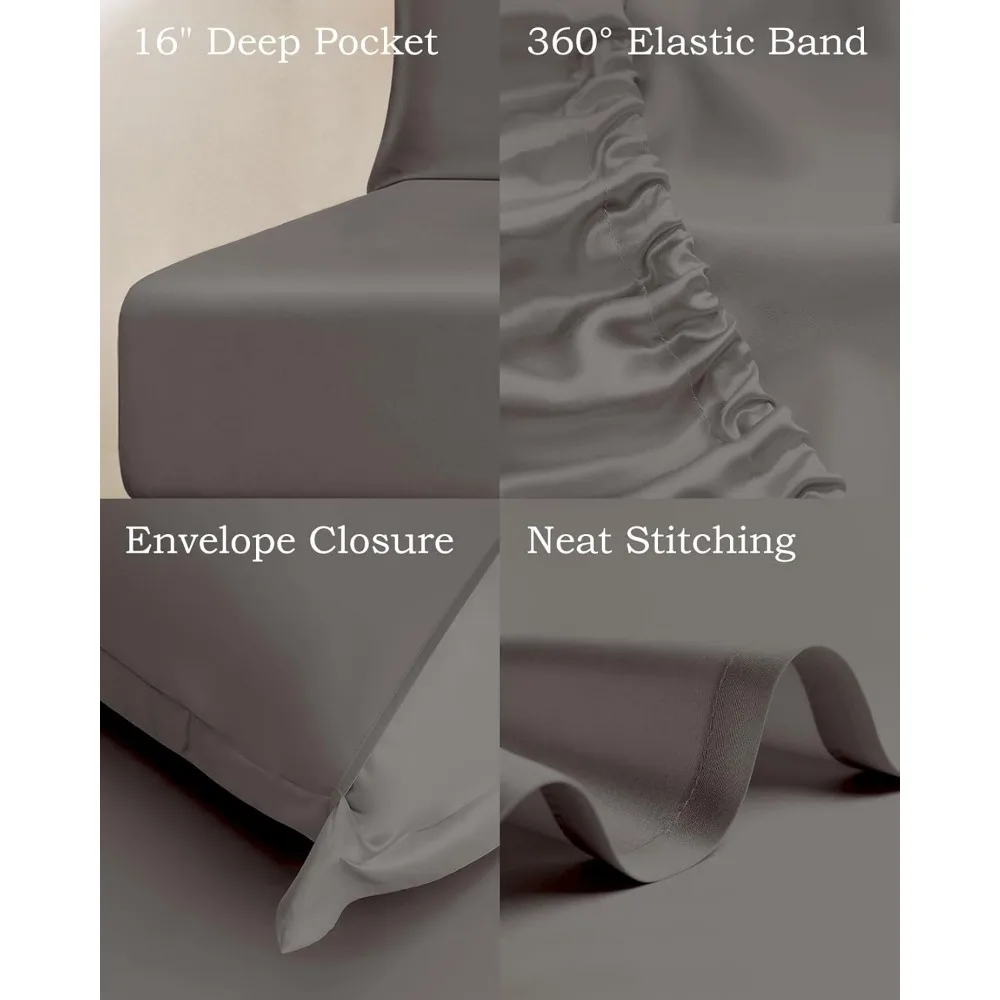
Specialty and Decorative Silk Weaves
Beyond basic weaves, specialty silks showcase extraordinary textile craftsmanship and artistic expression.
Silk Velvet
This luxurious pile fabric features:
– Soft, dense pile with remarkable depth
– Rich luster that shifts with direction and light
– Substantial weight and dramatic presence
– Unparalleled softness against the skin
Pros:
– Unmatched luxury appearance and feel
– Beautiful depth and light absorption
– Dramatic visual and tactile presence
Cons:
– High maintenance care requirements
– Premium price point
– Pile can crush with improper handling
Silk velvet creates stunning evening wear, luxury home décor, and premium accessories where maximum luxury matters.
Jacquard Silk
This pattern-woven fabric offers:
– Complex woven patterns created on specialized looms
– Intricate designs that become part of the fabric structure
– Textural interest with pattern-created dimension
– Connection to historical textile traditions
Pros:
– Built-in patterns that won’t fade or wear away
– Traditional craftsmanship and artistic merit
– Unique designs with historical significance
Cons:
– Higher price point reflecting complex production
– Pattern matching challenges for sewn items
Jacquard techniques create stunning neckties, formal garments, and heritage home décor pieces with lasting appeal.
Dobby Silk
This specialized weave creates:
– Small geometric patterns woven directly into the fabric
– Subtle texture that adds interest without overwhelming
– Versatile drape similar to the base weave used
– Visual interest that enhances solid colors
Pros:
– Subtle interest without overwhelming pattern
– Added texture while maintaining versatility
– Traditional craftsmanship in modern applications
Cons:
– More specialized availability
– May require searching beyond basic silk options
For those seeking quality bedding with distinctive character, exploring our collection of silk bedding sets provides excellent options that showcase these specialty weaves.
Comparative Analysis of Silk Weaves for Informed Selection
Comprehensive Silk Weave Comparison Table
| Weave Type | Texture/Hand Feel | Sheen Level | Drape | Weight Range | Durability | Best Applications | Care Difficulty |
|---|---|---|---|---|---|---|---|
| Habotai | Smooth, soft | Medium | Flowing | Light | Moderate | Scarves, linings, affordable bedding | Medium |
| Taffeta | Crisp, firm | High | Structured | Medium | Moderate | Formal wear, structured items | Medium-High |
| Organza | Crisp, sheer | Medium | Stiff | Very light | Low | Overlays, special occasion | High |
| Chiffon | Soft, sheer | Low-Medium | Very flowing | Very light | Low | Scarves, layering pieces | High |
| Twill | Textured, firm | Low-Medium | Medium | Medium | High | Durable garments, ties | Low-Medium |
| Charmeuse | Smooth, flowing | High (front) | Very flowing | Medium | Low-Medium | Lingerie, luxury bedding | High |
| Silk Satin | Smooth, substantial | Very high | Flowing with body | Medium-Heavy | Medium | Evening wear, premium bedding | High |
| Crepe de Chine | Slightly textured | Low-Medium | Flowing with body | Medium | Medium-High | Blouses, dresses, versatile use | Medium |
| Heavy Crepe | Textured | Low | Flowing with structure | Medium-Heavy | High | Structured garments | Medium |
| Dupioni | Highly textured | Medium-High | Structured | Medium-Heavy | Medium-High | Formal wear, decor | Medium |
| Shantung | Moderately textured | Medium | Semi-structured | Medium | Medium-High | Tailored clothing, accessories | Medium |
| Raw Silk | Rough, organic | Low | Moderate | Variable | High | Casual wear, natural décor | Low-Medium |
| Velvet | Soft, plush | Variable | Heavy drape | Heavy | Medium | Luxury items, formal wear | Very High |
| Jacquard | Pattern-dependent | Variable | Pattern-dependent | Medium-Heavy | High | Neckties, heritage pieces | Medium-High |
This comparison helps identify the best type of silk for bedding and other applications by comparing key characteristics across all major silk weave types.
Selecting Silk by Desired Qualities
When choosing silk, consider your primary priorities to narrow down the best options:
For Maximum Luxury and Sheen:
Charmeuse and silk satin offer unmatched luminosity and smooth feel. Their lustrous surface catches light beautifully, creating that quintessential silk glow. These weaves excel in applications where visual impact and softness matter most.
For Structure and Crispness:
Taffeta, organza, and dupioni provide excellent structure and body. Their more rigid drape holds shape well, making them perfect for applications requiring architectural elements rather than fluid draping. Consider these for projects needing to maintain a specific form.
For Softness and Flow:
Charmeuse, crepe de chine, and chiffon create beautiful movement with their excellent drape. These silks move with the body or air currents, creating elegant motion. Choose these when fluidity matters more than structure.
For Texture and Character:
Dupioni, raw silk, and shantung showcase silk’s natural character through their distinctive textures. These options celebrate silk’s organic nature rather than perfect smoothness, adding visual and tactile interest to any project.
For Maximum Durability:
Twill, heavier crepes, and tightly-woven habotai stand up better to regular use. Their construction provides better resistance to snags and wear, making them suitable for items that will see frequent handling or use.
Explore our premium mulberry silk bedding collections to find options that combine these qualities in luxurious bedding applications.
Practical Selection Guide for Your Silk Project
Defining Your Project Parameters
Before selecting silk, define your project needs with these key considerations:
Project Type Assessment:
* Bedding: Consider weight, sheen, and care requirements
* Clothing: Evaluate drape, opacity, and structure needs
* Accessories: Balance durability with appearance
* Home décor: Factor in light exposure and cleaning needs
Performance Requirements:
* How often will the item need cleaning?
* Will it experience regular handling or friction?
* Does it need to maintain shape or flow freely?
* Will it be used seasonally or year-round?
Aesthetic Goals:
* Is maximum luster or a subtle finish preferred?
* Should the silk have visible texture or perfect smoothness?
* Is the drape structural or flowing more important?
* Will the silk be the focal point or supporting element?
Budget Considerations:
* Balance quality needs with budget constraints
* Consider longevity—higher quality often means longer use
* Determine where quality matters most and where compromises work
For bedding specifically, selecting the optimal silk weave involves balancing multiple factors including season, sleep habits, and maintenance preferences.
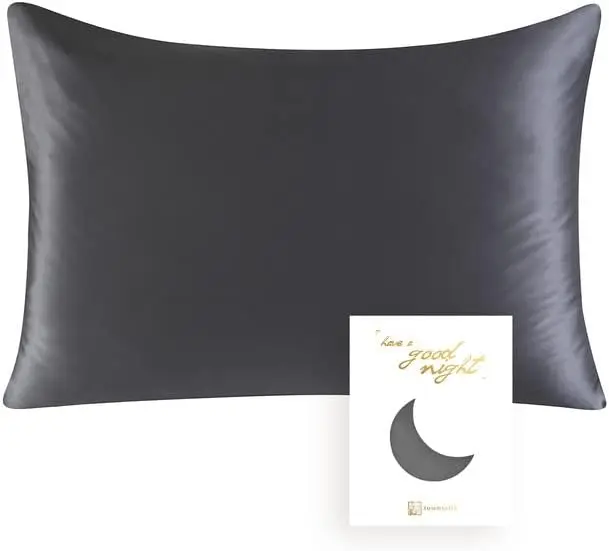
How to Evaluate Silk in Person
When examining silk fabrics firsthand, use these professional assessment techniques:
Visual Assessment:
* Hold the fabric against light to check for evenness in weave density
* Look for consistency in color across the entire piece
* Examine edges and finishes for proper construction
* Check for the characteristic multi-dimensional sheen that shifts with movement
Tactile Assessment:
* Scrunch Test: Gently bunch the fabric and release—quality silk returns to form quickly
* Temperature Test: Hold against your cheek or inner wrist—real silk feels cool initially but quickly warms
* Surface Test: Run fingertips gently across the surface feeling for consistent texture
* Drape Test: Hold the fabric by one corner and observe how it falls—note the flowiness or structure
Burn Test (if feasible):
* Real silk burns with a smell similar to burning hair
* It self-extinguishes when the flame is removed
* The ash is black, crispy, and crushes easily between fingers
Full-size Silk Sheets, King Size Silk Sheets, Queen Size Silk Sheets, Twin Size Silk Sheets, Washable Silk Sheets
Price range: $95.95 through $178.37 Select options This product has multiple variants. The options may be chosen on the product page100% Silk Sheets, Green Silk Sheets, King Size Silk Bedding Set, Mulberry Silk Bedding Sets, Queen Size Silk Bedding Set
Price range: $1,246.21 through $1,615.22 Select options This product has multiple variants. The options may be chosen on the product pagePink Silk Sheets, Twin Size Silk Sheets
$171.80 Select options This product has multiple variants. The options may be chosen on the product pageFull-size Silk Sheets, Pink Silk Sheets
$136.31 Select options This product has multiple variants. The options may be chosen on the product pageFull Silk Bedding Set, King Size Silk Bedding Set
Price range: $120.99 through $190.49 Select options This product has multiple variants. The options may be chosen on the product pageGrey Silk Sheets, Silk Sheet and Pillowcase Set
Price range: $88.20 through $146.64 Select options This product has multiple variants. The options may be chosen on the product page
Silk Selection for Different Applications
Bedding Recommendations:
* Sheets: 19-25 momme charmeuse or habotai provide ideal balance
* Pillowcases: 22-25 momme charmeuse offers optimal skin and hair benefits
* Duvet Covers: 19-22 momme creates beautiful drape without excessive weight
* Winter bedding benefits from slightly higher momme weights (22-25)
* Summer options can use lighter weights (19-22) for enhanced breathability
Silk bedding offers exceptional benefits beyond luxury, including temperature regulation that keeps you comfortable year-round and reduced friction that protects skin and hair from damage during sleep.
Clothing Applications:
* Flowing garments (dresses, skirts): Charmeuse, crepe de chine, chiffon
* Structured pieces (jackets, tailored items): Dupioni, shantung, heavy crepe
* Lingerie and sleepwear: Lightweight charmeuse (16-19 momme)
* Linings: Habotai (11-16 momme) provides smooth glide without adding bulk
Home Décor:
* Drapery: Dupioni provides structure with light filtering properties
* Decorative pillows: Shantung or jacquard offer texture and visual interest
* Wall hangings: Jacquard or painted habotai create artistic focal points
* Upholstery: Heavy twill or specialized upholstery silk for durability
Explore our collection of premium silk sheets to discover options specifically designed for sleeping comfort with appropriate weights and weaves.
Caring for Your Silk Investment
Essential Silk Care Guidelines
Proper care ensures your silk investments provide years of beauty and enjoyment:
Cleaning Methods:
* Hand wash using cool to lukewarm water (30°C/86°F maximum)
* Use pH-neutral detergents specifically formulated for silk
* Avoid soaking longer than 5 minutes
* Rinse thoroughly without wringing or twisting
* Roll in a clean white towel to remove excess moisture
* Lay flat to dry away from direct sunlight or heat sources
Storage Best Practices:
* Store in breathable cotton bags rather than plastic
* Maintain moderate humidity (too dry causes brittleness; too humid encourages mildew)
* Fold bedding with acid-free tissue paper between layers
* Hang clothing with padded hangers to prevent stretching
* Keep away from direct sunlight which can fade colors over time
Handling and Wear Care:
* Apply perfume, deodorant, and lotions before dressing in silk
* Remove jewelry that might snag the fabric
* Treat spills immediately by blotting (never rubbing)
* Steam rather than iron when possible (if ironing is necessary, use low heat and a pressing cloth)
Making thoughtful decisions about ideal silk textures for bedding includes considering both aesthetic preferences and practical care requirements.
Specialized Care for Different Weaves
Different silk weaves require specific care approaches:
Delicate Weaves (Chiffon, Organza, Light Habotai):
* Hand wash individually to prevent tangling
* Avoid contact with rough surfaces that may catch and tear
* Use mesh laundry bags if machine washing is absolutely necessary
* Handle minimally when wet as strength decreases significantly
Textured Weaves (Dupioni, Shantung):
* Clean less frequently—spot cleaning is often sufficient
* Preserve texture by avoiding heavy pressing
* Steam from a distance to refresh without flattening texture
* Use soft bristle brushes rather than lint rollers to remove dust
Specialty Silks:
* Velvet: Steam only, never iron; brush pile in one direction with a special velvet brush
* Jacquard and embroidered silk: Clean based on the most delicate component; press from the wrong side
* Painted silk: Avoid water on painted areas; dry clean if necessary
Seasonal Adjustments:
* Summer storage requires breathable covers in cool, dry places
* Winter wear may need more frequent cleaning due to contact with outerwear
* Rotate bedding seasonally to distribute wear evenly
Explore our collection of silk pillowcases to experience the benefits of silk with products designed for practical care considerations.
Making the Perfect Choice: Silk for Sanctuary at Home
The journey through silk weaves reveals not just a fabric choice but a lifestyle decision that transforms everyday experiences into moments of luxury. The right silk selection creates a personal sanctuary that enhances wellbeing through both aesthetic beauty and functional benefits.
Quality silk provides transformative benefits in the home:
* Temperature regulation that promotes deeper, more restful sleep
* Gentle touch against skin that reduces irritation and friction
* Visual luxury that elevates the everyday environment
* Natural properties that work harmoniously with your body
When making your final selection, prioritize:
* Quality indicators like appropriate momme weight and grade for your specific needs
* Weave characteristics that align with your preferences for shine, texture, and drape
* Care requirements compatible with your lifestyle
* The balance between immediate cost and long-term value
For those seeking the ultimate sleep experience, understanding the advantages of sleeping on mulberry silk reveals how this premium fabric goes beyond luxury to deliver measurable benefits for skin, hair, and overall sleep quality.
At Sanctuary Soft, we believe that silk isn’t merely a luxury—it’s a practical investment in comfort and wellbeing that transforms ordinary sleep into an extraordinary experience. The perfect silk selection creates a personal sanctuary that nurtures both body and spirit night after night.

